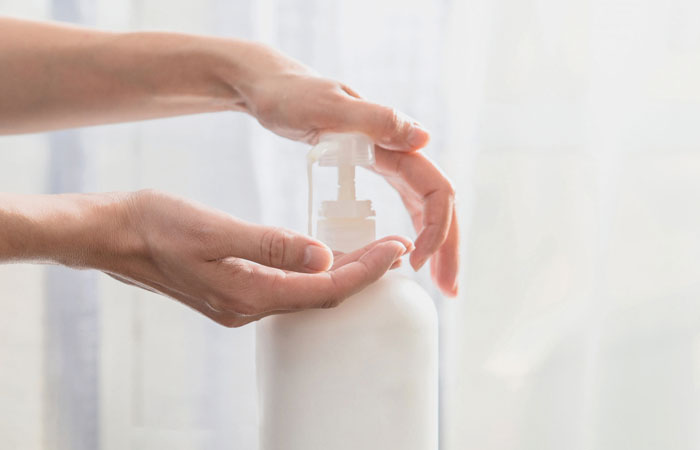Emollients (moisturisers) are the mainstay of eczema management. They form an oily layer over the skin, trapping water. A huge array is available over the counter and on prescription. But how do they differ?
1. Many emollients are based on hard, soft or liquid paraffin, which are occlusive agents that form a protective barrier over the skin.
2. Colloidal oatmeal is often included for its anti-itch, moisturising, cleansing and protective properties.
3. Humectants, such as urea or glycerol are frequently included as they are hygroscopic, which means they draw water into the skin
4. Antiseptics (e.g. benzalkonium chloride) are only really recommended if an infection is present or is a frequent problem for the individual.
5. Lanolin penetrates deep into the skin so is helpful for dry, cracked skin. It can cause allergies so is not suitable for everyone, although there are hypo-allergenic derivatives available.
6. Lauromacrogols have a local anaesthetic effect and can help soothe the skin by reducing itching.
7. Ceramides may help restore fats in the skin barrier.
Note that aqueous cream is no longer recommended as a leave-on emollient as it may increase the risk of skin reactions.
Personal preference is key with treatment because the correct emollient for someone is the one they will use. This means that branded products are usually prescribed, rather than generic, and a person may need to try several products before settling on those that work best for them.
Note that some products may contain nut or soya oil so remember to check for any allergies.

